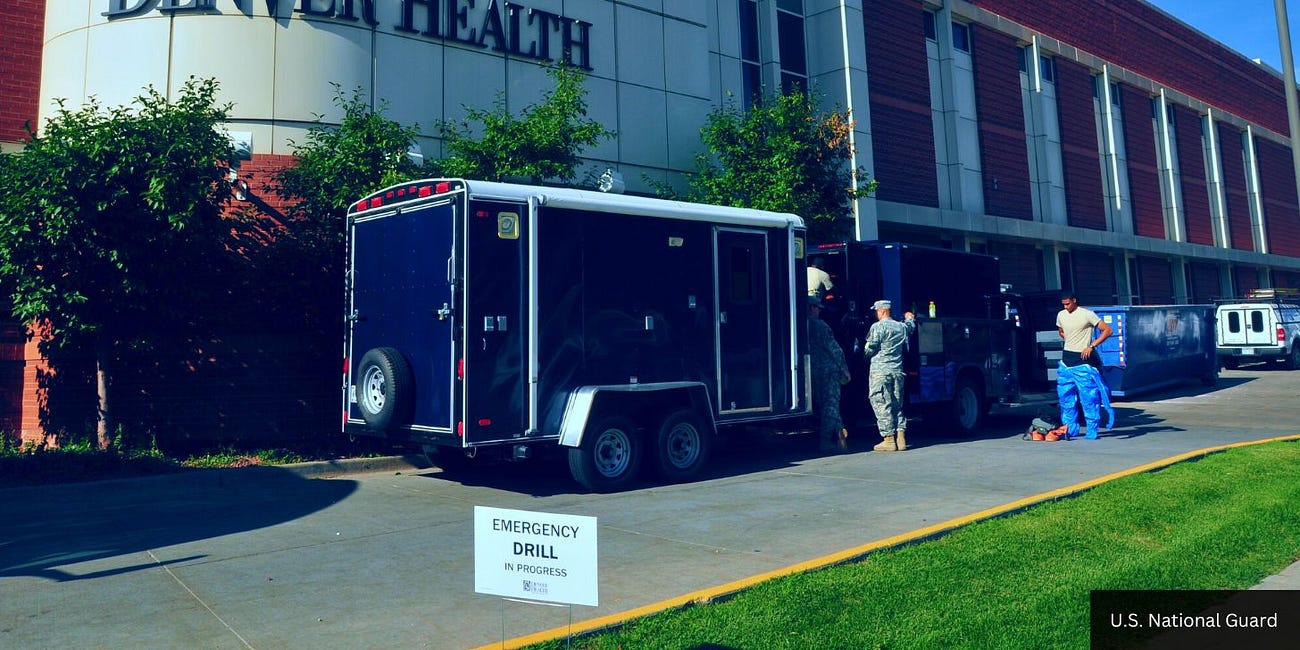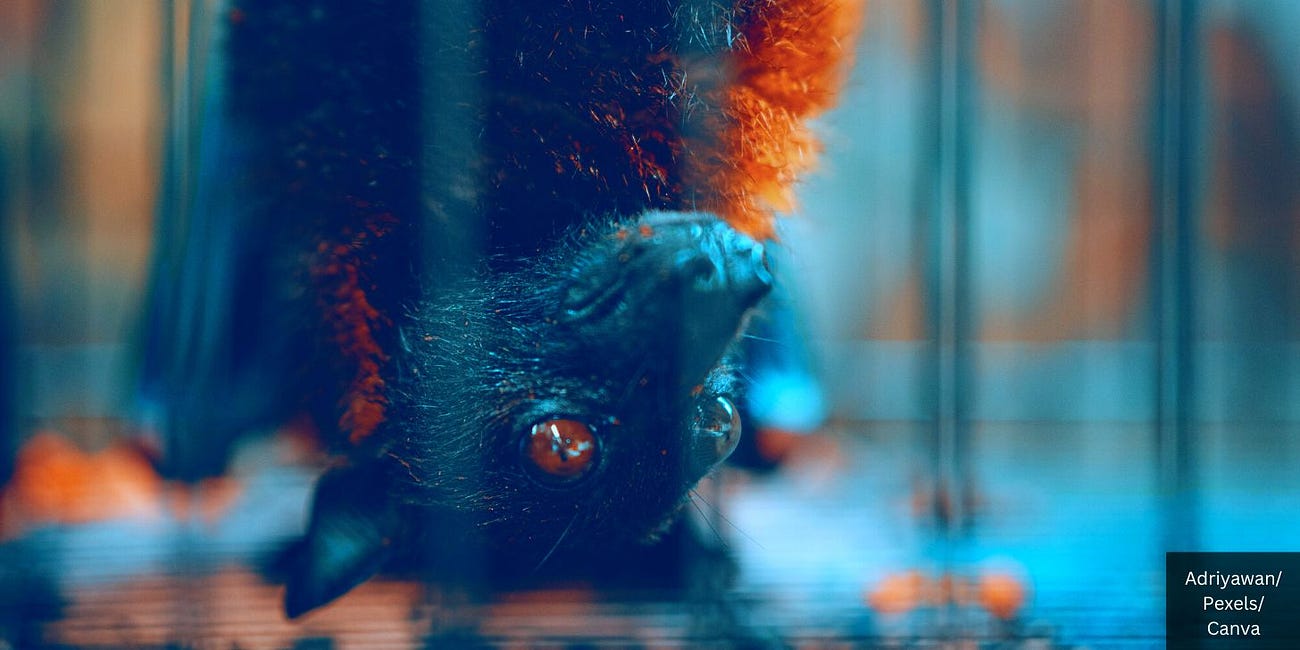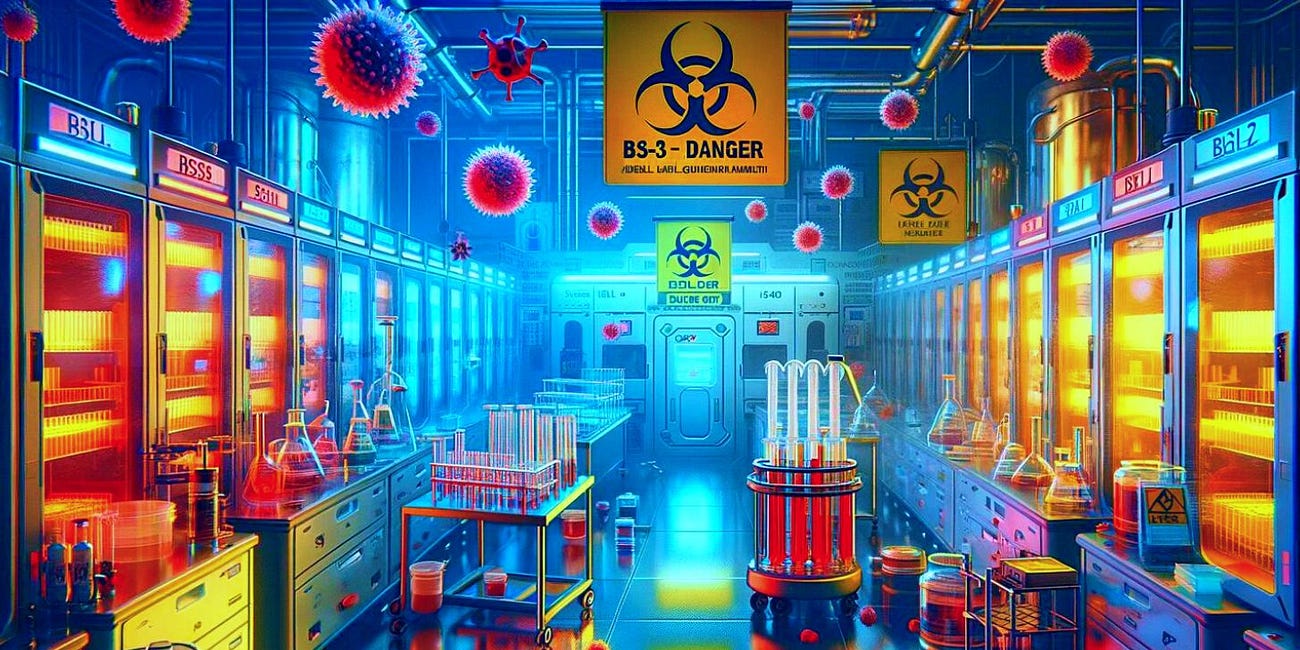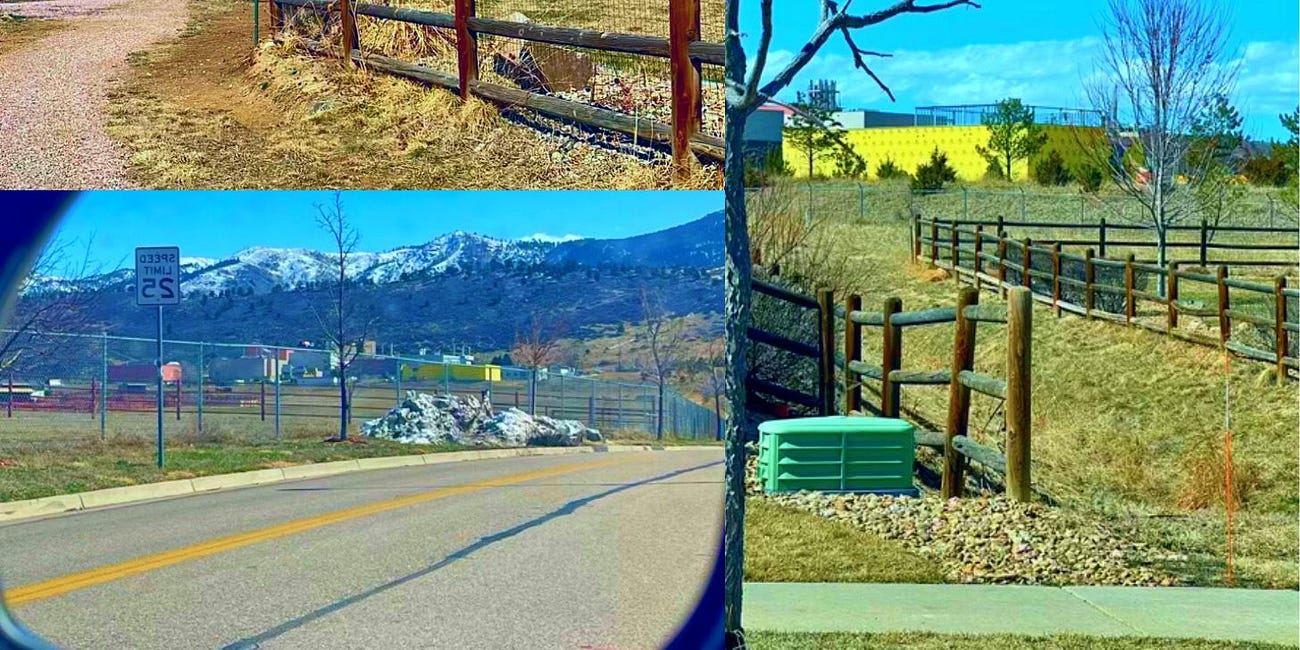Mystery Illness Strikes Colorado State University Students After New Bat Lab Construction Begins in Fort Collins
70% of individuals in one lab team experienced symptoms, and "[o]nly those with key cards are able to access the facility."
Colorado State University has removed classes and labs from the Physiology Building in Fort Collins after “some people reported health concerns while in the building,” per local CBS Colorado.
Follow Jon Fleetwood: Instagram @realjonfleetwood / Twitter @JonMFleetwood / Facebook @realjonfleetwood
The news comes after construction began earlier this year on a new bat research laboratory at Colorado State University’s (CSU) new Foothills Campus in Fort Collins, despite significant safety concerns (here).
The university has reportedly hired a “third party company to investigate what is causing some people to have symptoms while in the building.”
Staff and students began reporting symptoms—eye irritation, congestion, and sinus issues—in June “when staff members reported having health issues when specifically working around three rooms in the Physiology Building.”
In the following months, CSU tried to identify the issue.
The university said they “collected more than three dozen samples from the facility which came back with varying results,” per the local report.
“After hiring the third party company to investigate, CSU says results thus far have not identified any issues outside of normal ranges. However, as a precaution, the university relocated labs and classes to other facilities. They also restricted access to the building to most students,” the report adds.
“Only those with key cards are able to access the facility due to the reduced activity in the building.”
CSU Hires Third-Party Investigator
CSU hired a third party called Gallagher Bassett, a leading risk and claims management company, to investigate, per The Rocky Mountain Collegian.
The Collegian indicated tension is rising at the university as many feel the reaction to these critical issues has been excessively sluggish.
“Frustration continues to mount as many feel the response to these urgent concerns has been too slow,” the Collegian reports.
70% of Environmental & Radiological Health Sciences Department Get Sick
Tara Nordgren, an associate professor in CSU’s Department of Environmental and Radiological Health Sciences, has operated her lab in the Physiology Building since September 2021.
She first learned of the issue on July 1, when the university notified her that lab equipment could not be removed due to worker’s compensation claims filed by several individuals.
Although many labs halted operations on July 1, the building remained open to the public until September 13.
Nordgren said that an alarming approximately 70% of people working in her lab have also experienced symptoms, ranging from eye irritation to respiratory issues.
“I had pretty substantial pain in my eyes (and) blurriness to the point where I had double vision in my left eye for over a day,” Nordgren said. “My symptoms resolved as I stopped working in the building.”
Follow Jon Fleetwood: Instagram @realjonfleetwood / Twitter @JonMFleetwood / Facebook @realjonfleetwood
Katriana Popichak, assistant professor in CSU’s microbiology, immunology, and pathology department, has also experienced symptoms from working in the building.
“I experienced recurring headaches,” Popichak said. “I kept waking up in the middle of the night coughing because my throat was irritated. I had to get throat-numbing spray.”
Similar to Nordgren’s case, Popichak’s symptoms subsided after she stopped working in the building.
Nordgren noted that this situation has severely hindered her lab’s research.
“My lab is operating at 20% capacity,” she said. “We have equipment that is specific to our research that we can’t access because the building is closed.”
Ph.D. student Alissa Threatt shared similar frustrations.
“We were allowed some equipment out of the Physiology Building about two months ago, but now we’ve exhausted those materials. We are constantly having to wait to reorder things that we would otherwise have access to.”
While the environmental health and radiological sciences department has provided funds to purchase some supplies, Threatt emphasized, “There’s only so much they can do on their own.”
She added, “We need the people who have the authority to put us into a new lab space to get renovations done, to push for a better response (and) to be there for us.”
University Resistant to Helping the Sick?
Numerous staff and students claim the university was resistant to helping the patients, and Nordgren explained that “[s]everal people had to file worker’s compensation complaints to get the university to take the situation seriously.”
The building closure in September is seen as a delayed response by those most affected, as reports of symptoms date back to mid-May.
Threatt voiced her concerns: “I wanted the university to take immediate action and hire a third party much sooner. These investigations can take a really long time. As a lab, we are in limbo, and when people are getting sick unaware of the cause, that also impacts their care and their prognosis.”
In response to these issues, the university provided a statement to The Collegian: “Over the last several months, the university has tested 37 samples and enlisted a third party for additional testing. Results to date have not identified findings outside of normal range.”
“Due to reduced activity and foot traffic in the building, access has been limited to those with key cards.”
Looking ahead, Nordgren expressed her hopes that the investigation will yield answers.
“I hope they can identify the cause of these issues,” she said. “It would be incredibly validating to know what’s making us sick. Ultimately, it will be a financial decision for the university whether they choose to mitigate the problems in the building or decide to tear it down.”
Ph.D. student Logan Dean echoed the concerns of many, stating, “I don’t think we should congratulate someone for meeting standards. If employees are getting sick at work, it reflects on management. It’s their responsibility to ensure a healthy environment.”
Citizen Concerns Resurface
Concerns about the new bat lab facility at CSU have been growing, especially in light of the university’s history of safety violations.
According to internal CSU documents obtained by the White Coat Waste Project (WCW), recent lab incidents with bats and other animals exposed workers to zika, coronaviruses, rabies, Tuberculosis, and “other dangerous pathogens that can cause deadly outbreaks,” The Daily Mail reported in March.
Other incidents reportedly involved exposure to pathogens such as plague, Q fever, and valley fever, none of which were publicly disclosed.
While the cause of the current symptoms affecting staff and students remains unclear, some are questioning whether the issue may be linked to something contagious.
Christine Bowman, founder of the grassroots organization Covid Bat Research Moratorium of Colorado, commented, “If CSU takes three months to respond to illness symptoms in their students and faculty emanating from one of their buildings, how are they likely to respond—or cover up—a leak from their new bat lab? The diseases proposed for research on those bats are deadly.”
Citizens like Bowman have cited CSU’s past safety record as a reason to question whether this research facility should move forward.
Follow Jon Fleetwood: Instagram @realjonfleetwood / Twitter @JonMFleetwood / Facebook @realjonfleetwood
New Colorado Bat Lab Location CSU Confirmed to Develop ‘CDC Tier 1 Select Agents’ Like Ebola Despite University's Denials
As health workers in Denver, Colorado receive doses of a “shedding” and live virus-containing Ebola vaccine, concerns have been raised over a new bat research facility to be built just up the road, at Colorado State University (CSU) in Fort Collins.
Ebola Vaccine That 'Sheds' in 31% of Vaccinated Given to Colorado Healthcare Workers Just Down the Road from New Bat Lab
Editor’s note: This article’s headline has been updated to clarify that the FDA insert for Merck’s ERVEBO Ebola vaccine states that the vaccine “sheds” in more than 31% of those vaccinated with the drug. The prior headline said that the vaccine “‘Sheds’ Onto/Infects Others 31% of the Time.” It is more precise to simply say that the vaccine “sheds” in 31…
New Bat Lab Proposed Despite CDC's Past 'Serious Safety Violations While Working with Bioterror Pathogens' in Colorado
A new taxpayer-funded laboratory is being built in Fort Collins, Colorado that will import bats from around the world and experiment on dangerous diseases, potentially including Ebola, Nipah virus, and COVID-19.
Documents Reveal Over 50 Safety Incidents at CSU's Virus Lab Amid New Bat Research Facility Construction
Documents obtained through a Freedom of Information Act (FOIA) request by the White Coat Waste Project (WCW) have exposed a series of alarming safety incidents at Colorado State University (CSU) in Fort Collins.
12 Maryland Hospitals Received Ebola 'Pathogen Training' Just Before COVID-19 Outbreak: Journal 'Health Security'
A new study published online Friday by Johns Hopkins researchers in Health Security—a peer-reviewed journal researching epidemics and disasters—confirms that healthcare workers at the Maryland Department of Health have received “special pathogen training” for Ebola.
New Images Show Colorado Bat Lab Construction Underway Despite Safety Concerns
Construction has begun on a new laboratory at Colorado State University’s (CSU) Foothills Campus in Fort Collins, despite significant safety concerns.
Missouri's New $183 Million BSL-2 Biolab Slated for Completion 2026 Raises Lab Leak Concerns
The State of Missouri officially broke ground in June for its new Multi-Agency State Laboratory Campus biolab in Jefferson City.













Oh yay. Let’s play around with more viruses. Evil morons.
God still has a say!